One of the most extraordinary attractions in Taiwan is the historic Changhua Roundhouse 彰化扇形車庫, originally built in 1922 during Japanese colonial rule and still in operation today. Although information is hard to come by it seems that it might be the only roundhouse still operating in Asia—and certainly one of the oldest still in regular use anywhere in the world. Every other roundhouse I researched for this article has been abandoned, demolished, repurposed, or converted into a museum—and those rare few that are still operational have been mighty hard to date. As such, the Changhua Roundhouse is a dream to visit for a railway enthusiast like myself, particularly since the ambiance hasn’t been ruined by the sort of tacky treatment you’ll often find at Taiwanese tourist attractions. After signing in with the guard at the gate I had free run of the place—and as you can see from some of the following photos, nobody minded me getting shockingly close to moving trains as the mechanics went about their daily routines.
Roundhouses are relics of the steam locomotive era. Unlike more modern diesel and electric locomotives, steam locomotives were optimized for forward motion and typically couldn’t—without great difficult, anyway—be thrown into reverse. The advent of railway turntables allowed for a simple way to reverse locomotives and other rolling stock—which should explain the roundhouse, a circular or semicircular workshop connected by radial spokes to the turntable at its heart. How it works: a locomotive rolls onto the turntable, an operator rotates the turntable to direct the locomotive toward one of (in this case) 12 stalls or bays, and then the locomotive backs in for servicing or storage. You’ll see that process in just a minute.
This roundhouse is one of six that were built in Taiwan in Japanese times1; others were once found in Taipei, Hsinchu, and Chiayi, with two more in Kaohsiung (one at the main station and the other at the old harbour station)2. Like most of the others this roundhouse is semicircular—hence the name in Chinese, 扇形車庫, which translates to “fan-shaped train garage”.
The other Taiwanese roundhouses were all demolished by the early 1990s, largely for the same reasons they’ve become obsolete everywhere else: roundhouses are an inefficient use of space and no longer necessary now that locomotives can readily move in either direction. The Changhua Roundhouse was spared the wrecking ball in the late 1990s when heritage groups, railway enthusiasts, and concerned citizens mounted a campaign to preserve the site. It was a success and the roundhouse opened to the public in 19983. Since then the roundhouse has been designated a cultural asset and some facilities have been built for the benefit of visitors, primarily an observation deck overlooking the turntable. There are also a few of those weird railway robots you’ll see in several other historic sites such as Old Caoling Tunnel 舊草嶺隧道 and the Jinguashi Gold Museum, but I didn’t bother to photograph them. There were more interesting things around!
Not long after wandering into the main roundhouse area I was absolutely thrilled to see a train approach the turntable. It hadn’t occurred to me that I might see the process up close—on some level I assumed it was more like a museum, but no, the roundhouse is an active, working facility! Contrary to newly reset expectations, there are few areas that are truly off limits, and as the locomotive was rotated and propelled into the roundhouse I was free to walk around and take some great photos.
When the motorized turntable slid over to the appropriate track the operator hit the stop button, jumped out of the control booth, and locked everything into place. The locomotive then eased into the bay and mechanics standing by got down to business right away, replacing what I think might have been brakes, though I am admittedly no expert when it comes to train maintenance. If you’re curious about the technical side of things I suggest reading this article in Taiwan Panorama.
What I find most amazing about the Changhua Roundhouse is the fact that it’s genuinely something out of the pages of history—but it’s also very much alive and in the present. Workers go about their business just as they’ve done for nearly a century, albeit with new technology and processes in place. Taiwan has many tourist attractions dedicated to its many industries—gold, coal, oil, timber, salt, pottery, and glass, among others—but they always feel rather distant from their individual histories. Yes, you can walk into a museum and imagine how things were once upon a time—but the Changhua Roundhouse is a truly living museum, offering a far more vivid window into the the past.
Immediately to the north of the roundhouse is the abandoned and overgrown Changhua Railway Workers Village 彰化台鐵宿舍村, also founded in 1922. Numerous wooden dormitories were constructed here to house workers at the roundhouse and nearby railway station. In addition to living quarters the village was also home to a public hall, guesthouse, barber shop, kindergarten, and laundromat, among other facilities. Several air raid shelters were also constructed during World War 2—and they would have seen some use, as Changhua City, a vital transportation link on the Western Trunk Line 縱貫線, was repeatedly bombed by allied forces4. In 1959 the village was heavily damaged in the catastrophic 8/7 Flood 八七水災, in which more than 600 people lost their lives in central Taiwan. Several of the original wooden dormitories were thereafter replaced by brick and concrete apartment blocks—including the one featured in these photos, constructed in 1960.
The railway village fell into disrepair over many decades of use and was eventually scheduled for demolition. Evictions began in 2003 and the last residents departed sometime in 2004. The county government promulgated an urban renewal plan in 2008, intending to completely clear the village and make way for parkland—but this spawned opposition in the form of protest groups like the Changhua Railway Dormitory Village Preservation Movement 彰化台鐵宿舍村保存運動, who vigorously advocated for a reassessment of the cultural value of the old village. Eventually the county government scrapped their plan and the culture bureau began to investigate the site, awarding it heritage status in 2018. As of 2021 the village remains idle—but there is some hope it will be restored and eventually opened to the public as a compliment to any visit to the Changhua Roundhouse5.
Interested in visiting the Changhua Roundhouse? Everyone should see it at least once—there’s no guarantee the roundhouse will remain in operation forever. According to this government web site, the roundhouse is open to the public in the afternoon from 1pm to 4pm, Tuesdays to Fridays, and 10am to 4pm on Saturdays, Sundays, and holidays. If you’re planning a visit be sure to check for more current information than what I provide here; searching Google Maps for the Chinese name should provide access to current hours of operation, and there are a great many Chinese language blogs about the site for more photos and information6. Admission is free, you need only register at the gate. The roundhouse is located just to the northeast of Changhua Station on the west side of the tracks. If you walk out of the front of the station keep left, pass the impressive Qiaoyou Building 喬友大廈 on your right, and follow one of the smaller streets angling back toward the railway line. Here you will find a pedestrian underpass that leads you to the gates of the roundhouse, one of Taiwan’s great unsung cultural treasures.
- An interesting side note: I went looking for roundhouses in Japan, assuming they might have modelled the ones they built in Taiwan after their own, and it would appear that my hunch was correct. The Changhua Roundhouse bears more than a passing resemblance to several still found in Japan: Umekōji Roundhouse in Kyoto, built in 1914 and now the Umekōji Steam Locomotive Museum 梅小路蒸気機関車館 in Kyoto; Tsuyama Roundhouse 津山扇形機関車庫 in Okayama, built in 1936; and Bungo-Mori Roundhouse 豊後森機関庫 in Kyushu, built in 1934. All of these Japanese roundhouses have been out of service for many decades. Incidentally, it seems plausible that there remains a colonial era roundhouse in Pyongyang next to the central station, but I’ve uncovered absolutely nothing more than a positive match on satellite maps. Rason and Chongjin also show evidence of roundhouses in positions that match pre-war maps but the structure in Chongjin was likely rebuilt in the 1950s after it was damaged in an allied bombing run. ↩
- This page has some great old photos from the late 1970s of the now-demolished roundhouses in Hsinchu (e.g. here, here, and here) and Chiayi (here and here). For reference you can find the exact locations of all former roundhouses in Taiwan by perusing the excellent University of Texas Libraries U.S. Army Formosa City Plans (1944–1945) archive. Direct links to high-resolution maps: Taipei (then known as Taihoku), Hsinchu (Shinchiku), Chiayi (Kagi, formerly a part of Tainan), and Kaohsiung (Takao). For reference, here’s the map of Changhua, then a part of Taichū. ↩
- It is worth noting that railway facilities like the roundhouse were not open to the public during the martial law era. ↩
- The excellent Taiwan Air Power blog provides some analysis of US military photos from these bombing runs. ↩
- If you’re curious to see more of the railway workers’ village check out this drone video. For more information (in Chinese, of course) I suggest consulting posts here, here, and here. ↩
- For more photos and commentary in Chinese try here, here, here, and here. ↩
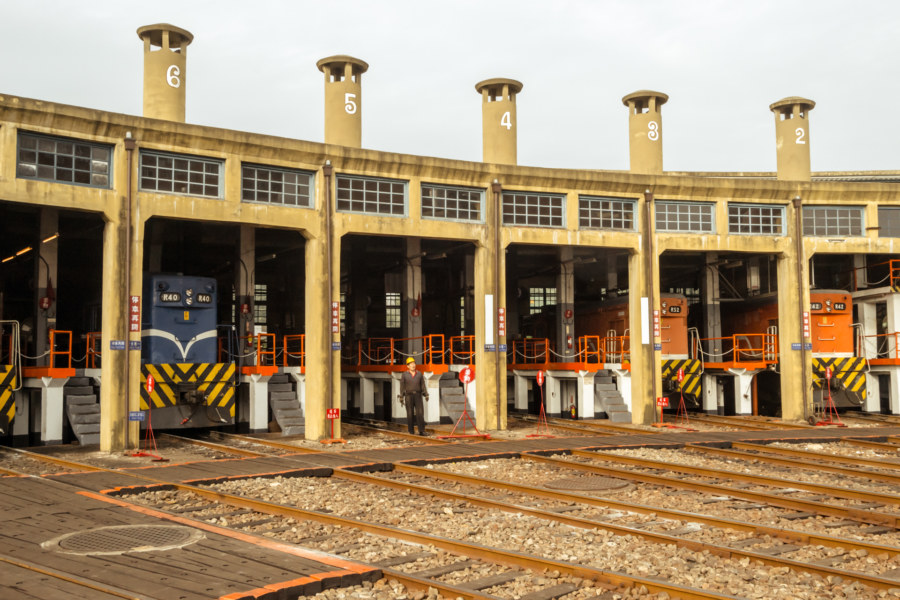
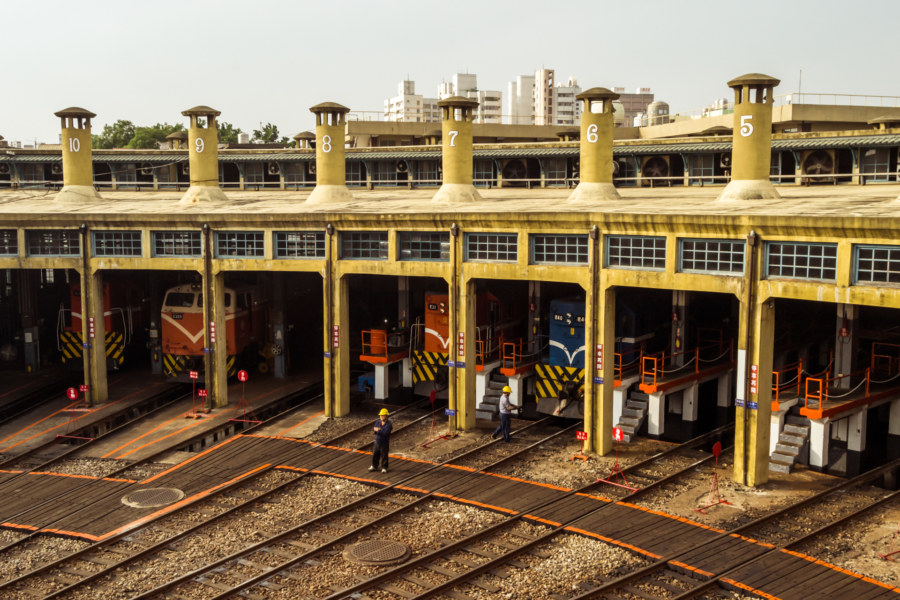
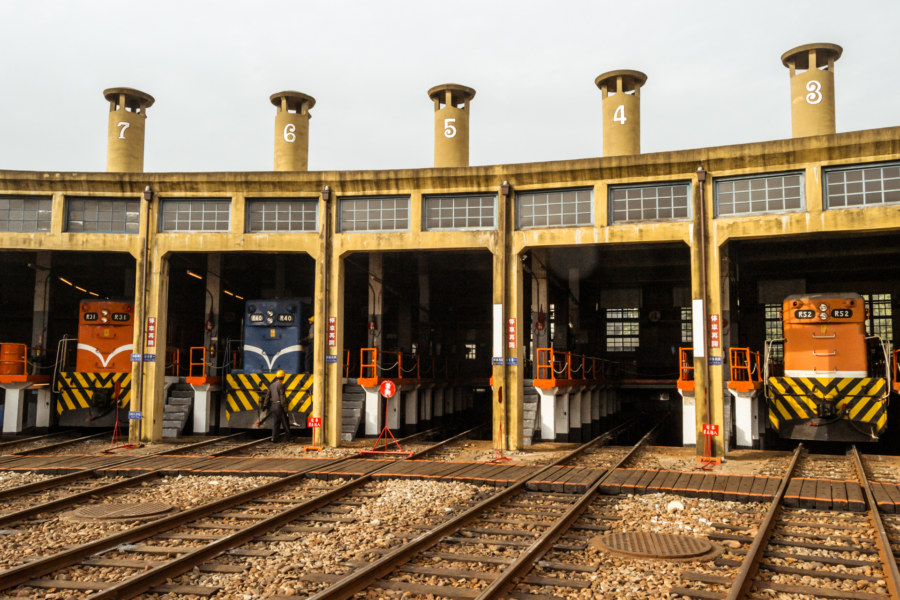
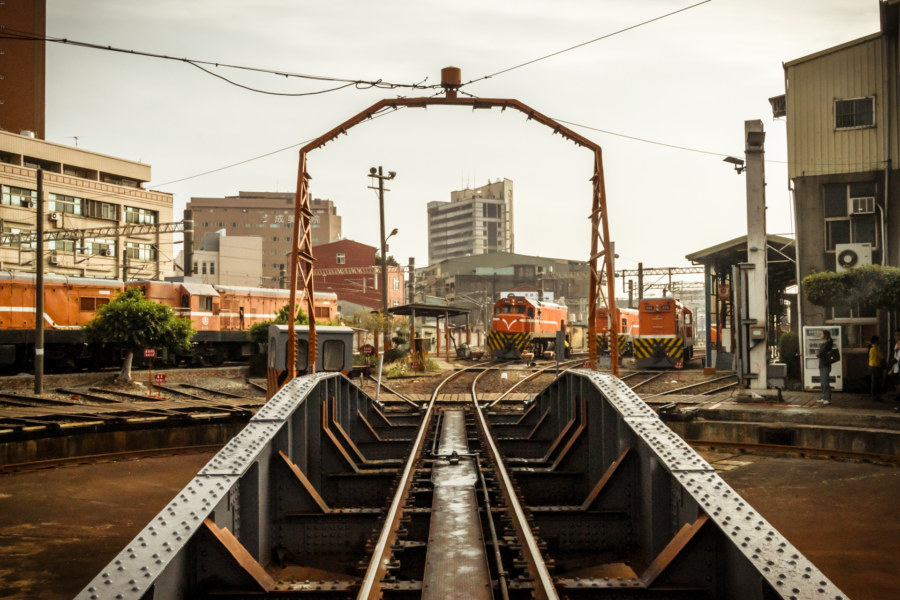
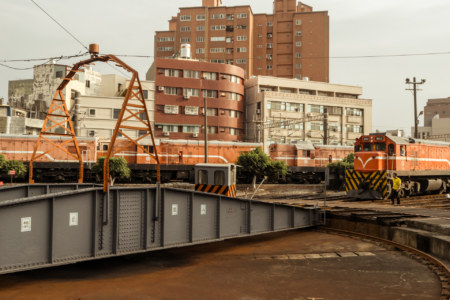
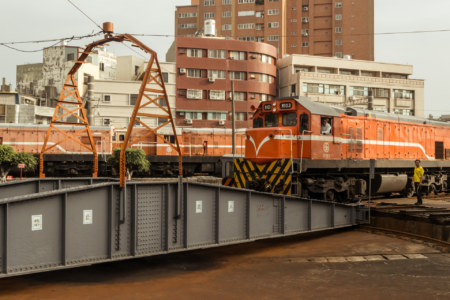
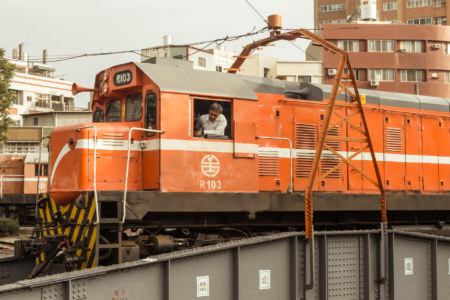
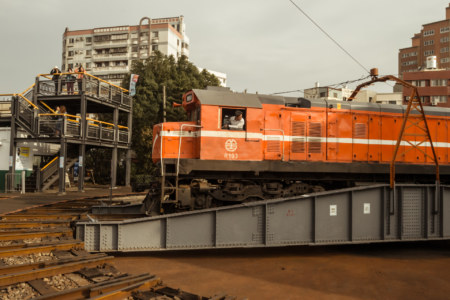
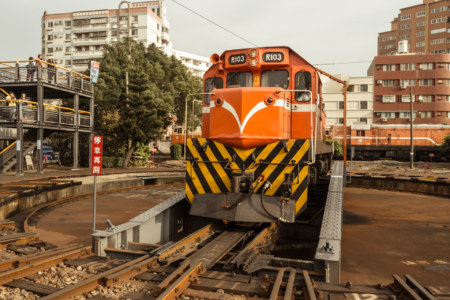
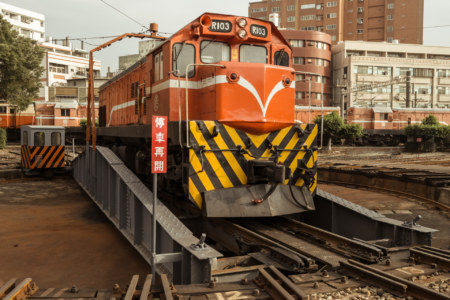
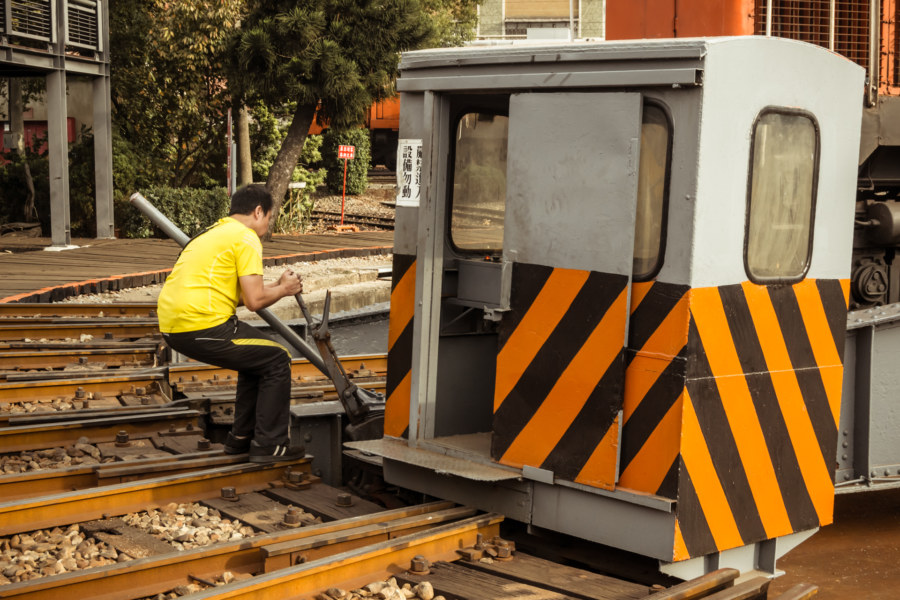
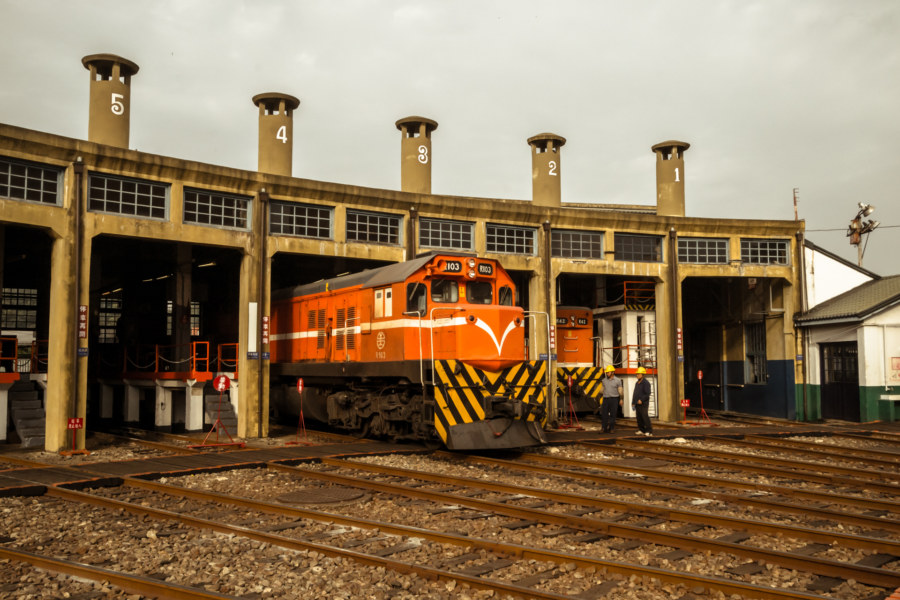
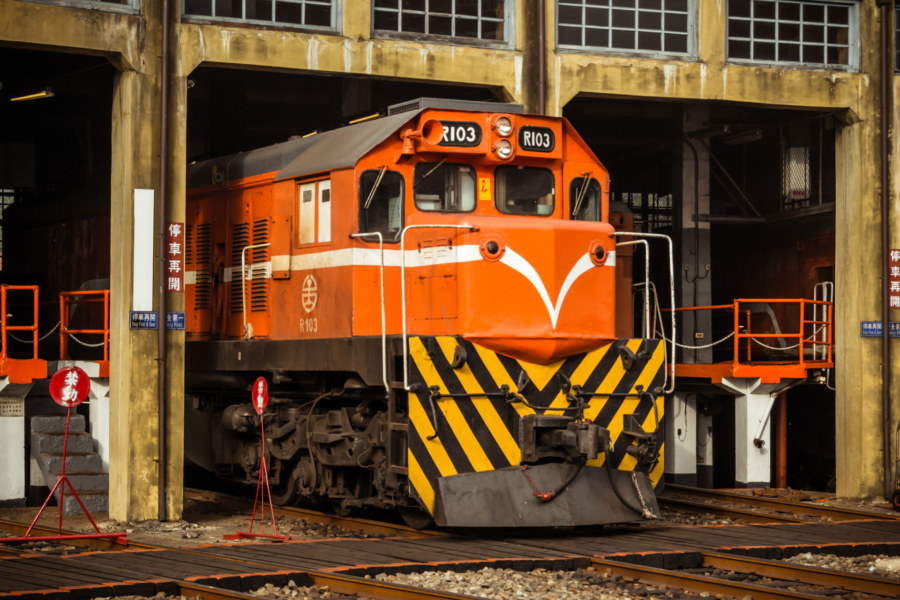
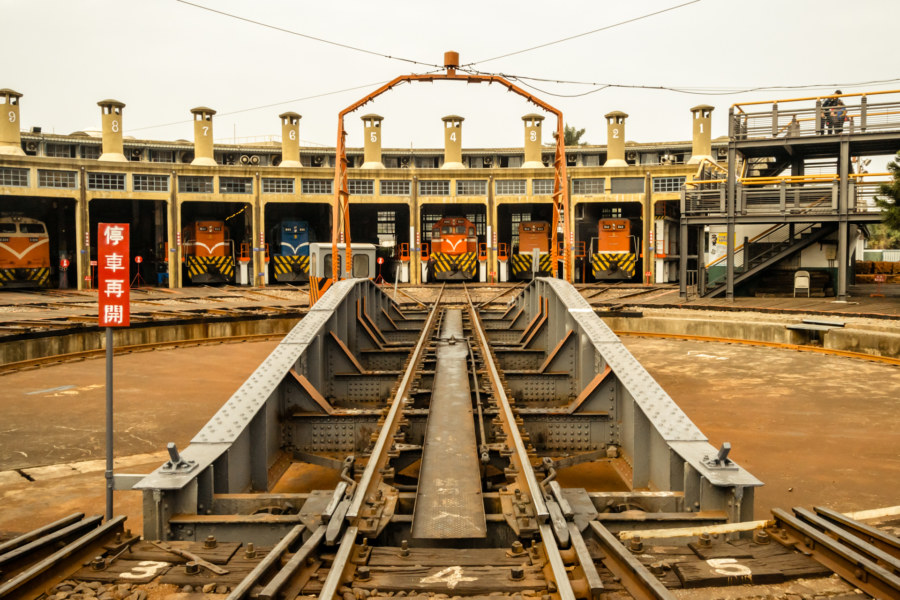
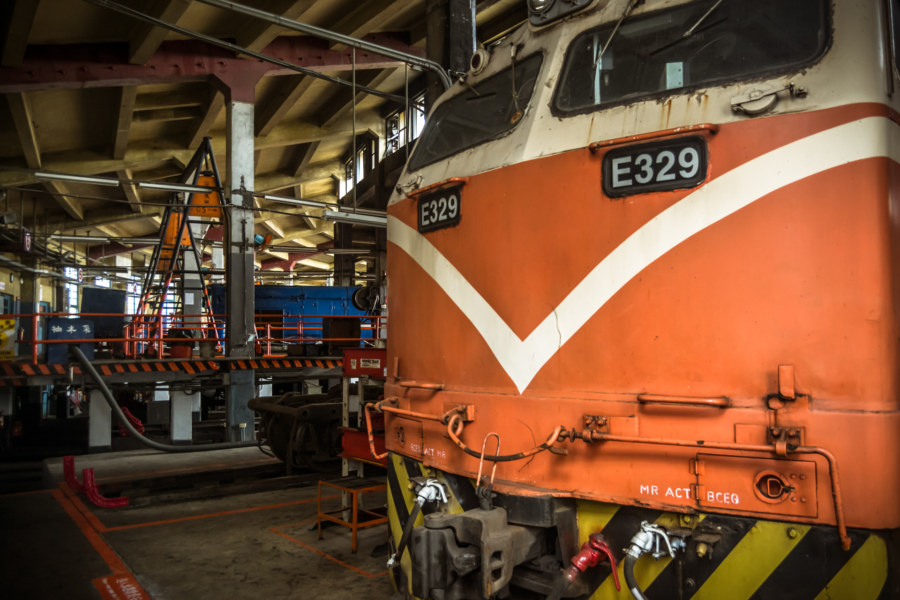
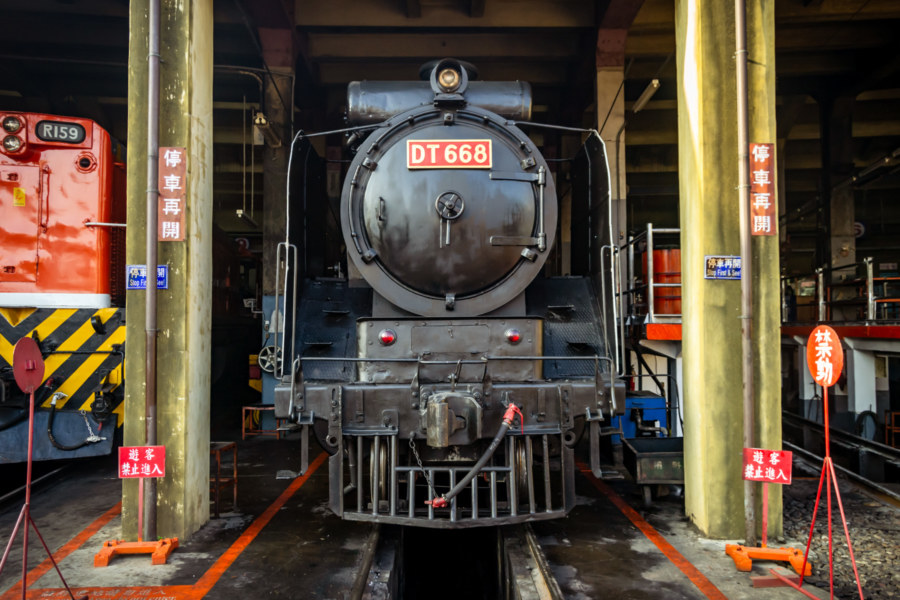
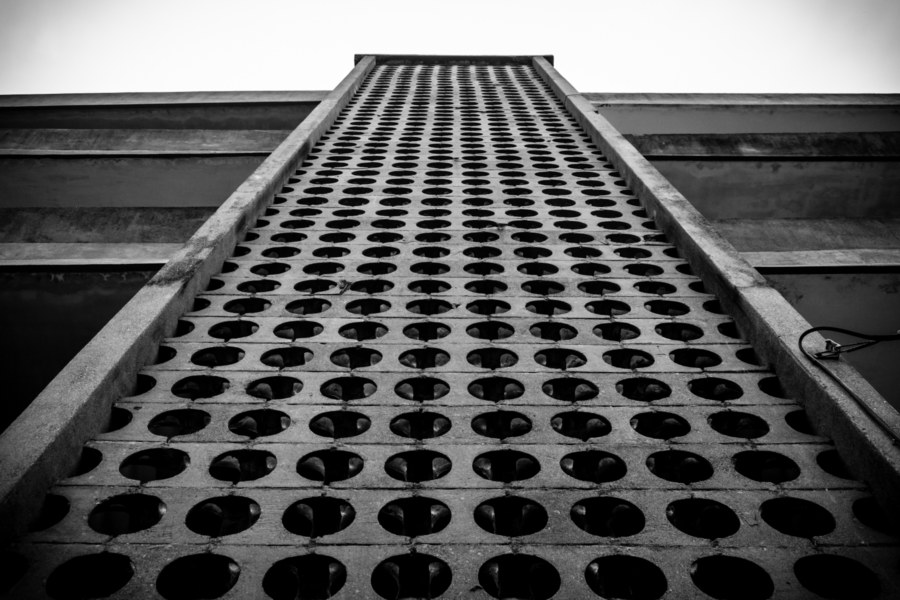
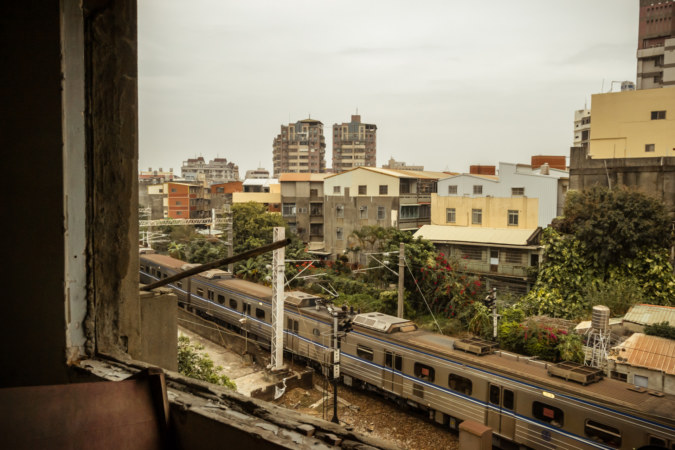
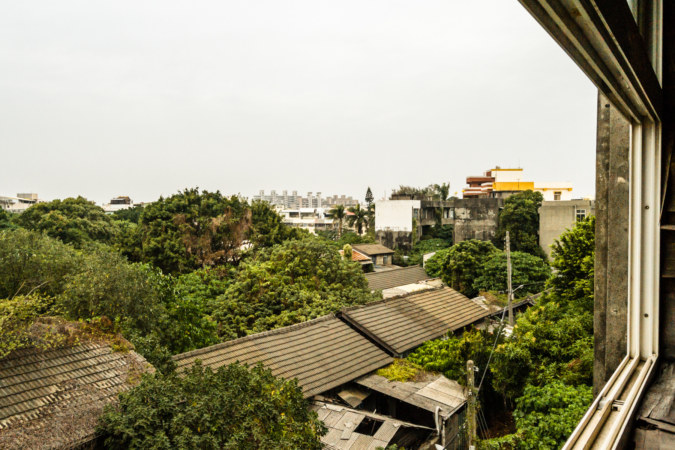
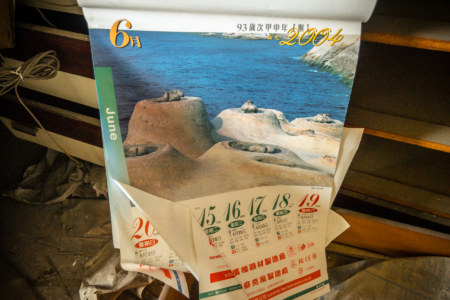
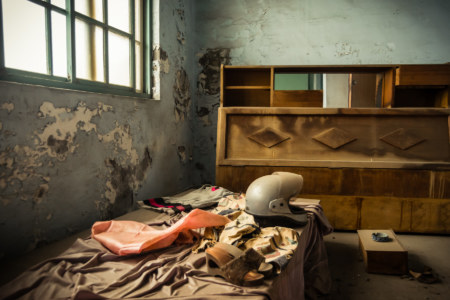
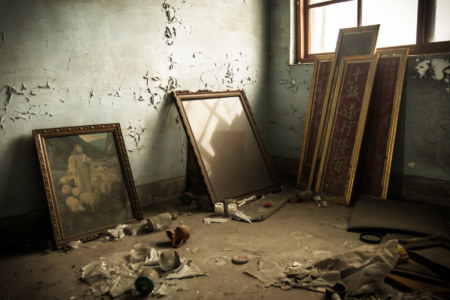
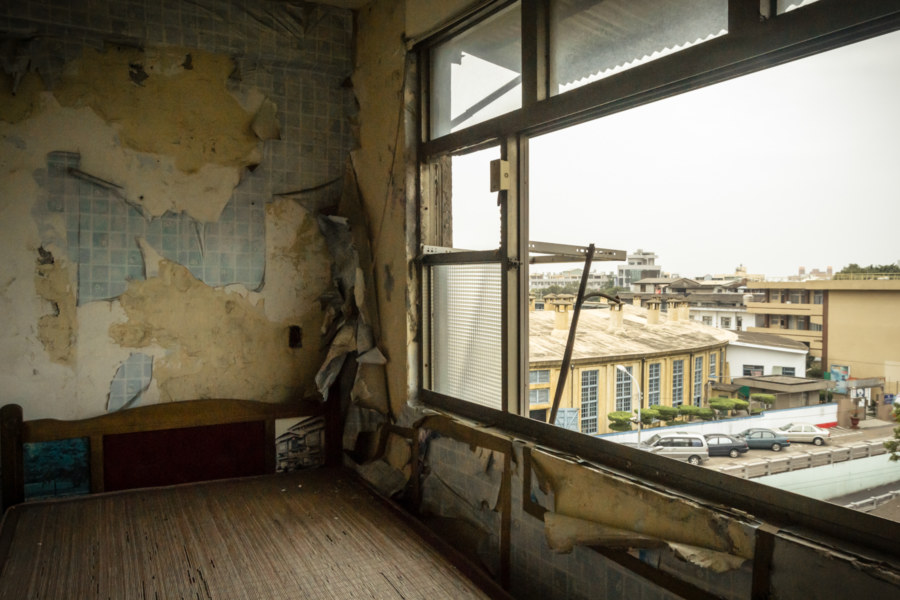
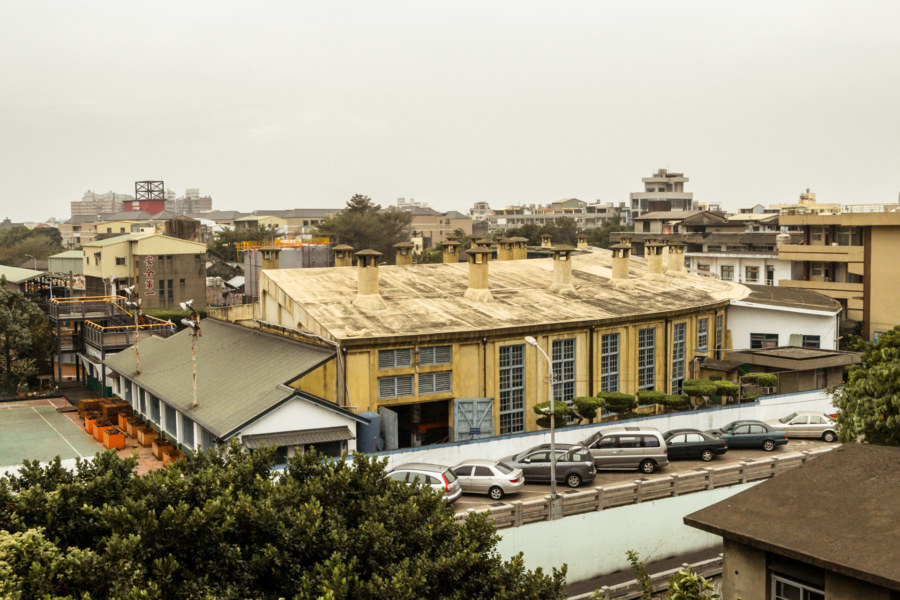
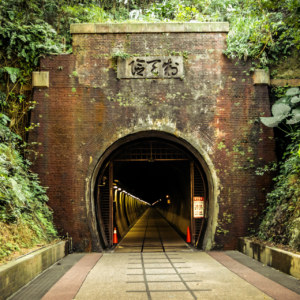
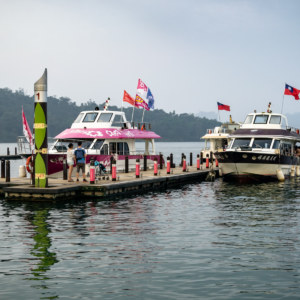
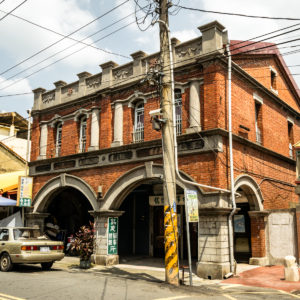
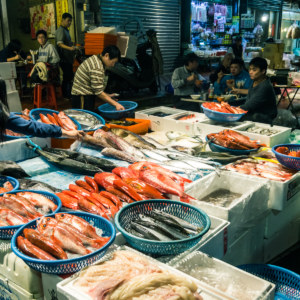
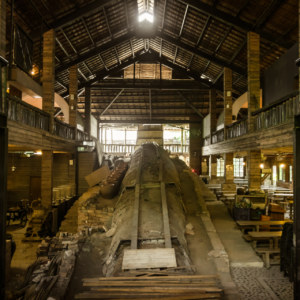
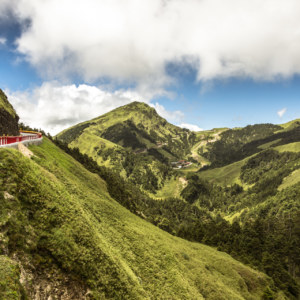
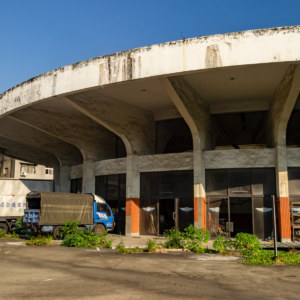

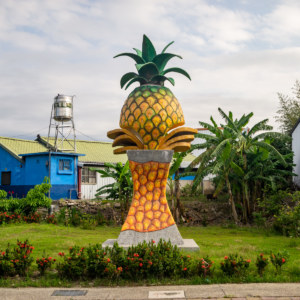
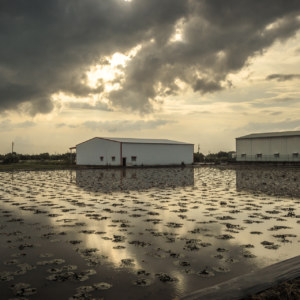
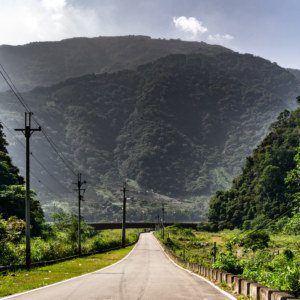
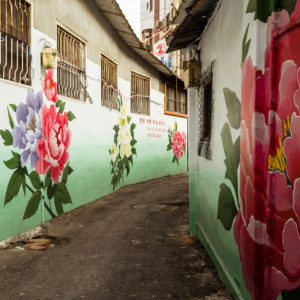
So now I want to see one of the “weird railway robots “.
Do you have photos elsewhere?
Thank you for the interesting articles.
I like to virtually explore Taiwan while waiting for the opportunity to move there.
Perry: Yes, I have photos of those same robots from a bunch of different attractions around Taiwan but none on this blog at present. You can find also find them at Fulong (Old Caoling Tunnel) and Jinguashi (Gold Museum) at the very least.
Nice write up. Your article really makes me want to check it out next time I’m in the area. Your stunning photos really put me in your shoes as you ventured around the roadhouse. Such zest and pomp.
Well written. And amazing photos. I’m from Changhua and I find it particularly rare to see an article about this roundhouse in English. So thanks for sharing the history and scenery!
I went there yesterday, entirely because of reading your write-up. I have seen a bunch of turntables in Taiwan without roundhouses. I doubt that it’s still there, but google maps shows one right next to Taichung station (24.13805, 120.6892).
Great reading. Please keep up the good work.